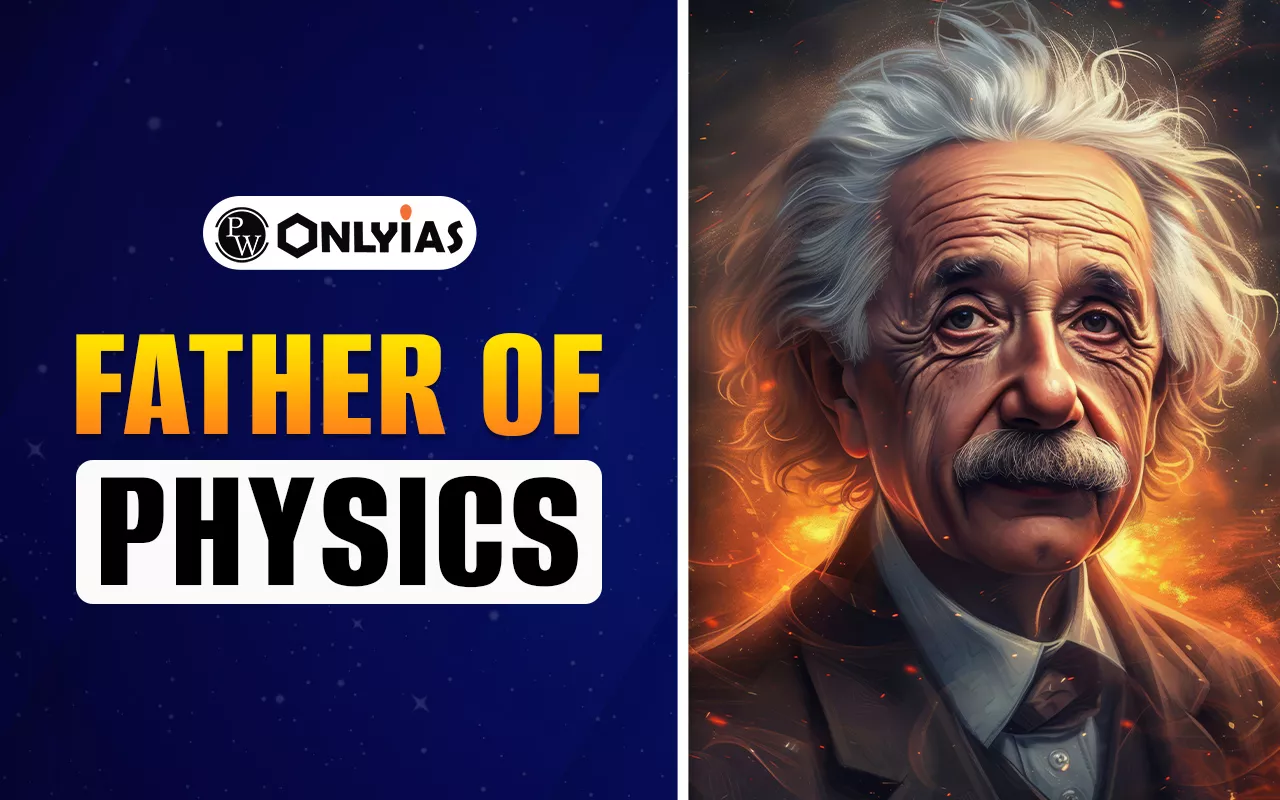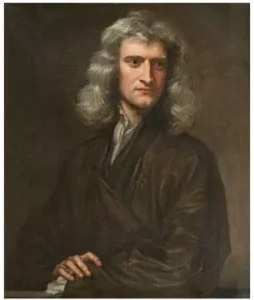
Father of Physics is a mark of deep contribution to human understanding of motion, space, light, energy, and the universe. Many students assume there is only one right answer. In reality, more than one scientist holds this recognition, because physics did not grow in a single day or through one discovery. This subject evolved through different stages, and each stage had its own leading thinker.
A common question students ask is Who was Father of Physics? Some books mention Newton, while others highlight Einstein or Galileo. All of them changed physics in different ways. Later, in India, physics research grew under the guidance of Homi J Bhabha, who became known as the Father of Modern Physics in India.
The title Father of Physics is better understood when divided by time and scientific focus. Before modern science methods existed, physics was rooted in philosophy. As scientific tools grew better, physics shifted into experiments, calculations, universal laws, and later, into atomic and space studies. Because of this long journey, more than one person is rightly connected to this title.
Many learners search for the Father of Physics in World to find a single name, but the answer depends on the scientific era being discussed. Newton is often placed at the centre of classical physics, Einstein for modern physics, and Galileo for experimental science. Their work changed the subject at different turning points, and each scientist solved questions of their time.
In schools, Newton receives strong recognition because his laws are taught early in physics education. At advanced levels, Physics theories by Einstein take a front seat. Galileo appears when students learn how science started using experiments instead of assumptions.
| Father of Physics Overview | ||
|---|---|---|
| Era / Recognition | Scientist | Key Contribution |
| Father of Physics (Classical Era) | Sir Isaac Newton | Motion laws, gravity, optics |
| Father of Modern Physics | Albert Einstein | Relativity, photoelectric effect |
| Father of Experimental Physics | Galileo Galilei | Telescope work, experiment-based science |
| Father of Modern Physics in India | Homi J Bhabha | Indian nuclear science growth and research structure |
Note: The term Father of Physics is linked to different scientists based on the timeline and topic being studied.
When students ask Who was Father of Physics, they look for the oldest and strongest impact on the subject. The answer that appears most often is Sir Isaac Newton. He did not invent physics. However, he turned physics into a system with laws that could be tested and applied to real life. This gave physics a strong academic foundation and a universal language of rules.

Newton explained gravity not just as an idea but as a measurable force. He showed how objects move, stop, accelerate, fall, or stay in motion. Before his work, answers were based more on belief than proof. After his work, the answers required mathematical reasoning and experiments.
Physics entered a new chapter in the early 1900s, when old laws could no longer explain light, energy, atoms, and the speed of the universe. This period is known as modern physics. The scientist who opened the door to this new path was Albert Einstein, and this is why he is called the Father of Modern Physics.

Before reviewing his key contributions, students should understand that this branch of physics showed that nature does not always behave in straight lines or predictable patterns. It also explained ideas that humans cannot feel directly, like time slowing down at high speeds or light behaving in two forms at the same time.
The scientific growth of India in modern physics has a clear name tied to its progress. When students search Father of Modern Physics in India, most references lead them to Dr Homi J Bhabha. His contribution was not limited to research papers. He helped build scientific direction, institutions, and future planning in physics and nuclear studies in India.
It is important to understand that Bhabha worked as both a scientist and an organiser. He believed that science growth needed strong institutions, trained researchers, and long-term national planning. Because of this dual role, he became the most recognised name in Indian modern physics development.
A very common student question is Who Is The Father of Physics? Galileo, Newton or Einstein? The logic behind this question is simple. Galileo started scientific experiments. Newton formed laws. Einstein changed the meaning of physics itself. The three names belong to different stages, but all are correct based on the topic. Students should be aware that science grew like a relay race, not a single victory. Galileo passed the experimental method to Newton, Newton passed the laws to modern science, and Einstein opened a larger universe of ideas.
Ready to boost your UPSC 2026 preparation? Join PW’s UPSC online courses today!
Sir Isaac Newton is known as the Father of Physics because he created the basic laws that explain motion, gravity, and light, which are still taught and applied in science today.
Galileo Galilei is recognised for introducing experiments and methods based on observations to study nature. It helped transform physics from simple ideas to a science based on proof and careful measurement..
Albert Einstein is called the Father of Modern Physics because he developed theories like relativity and the photoelectric effect. It changed the way the world understood space, time, light, and energy, and affected the development of modern science and technology.
Homi J Bhabha is known as the Father of Modern Physics in India because they helped India to progress in modern physics and train new generations of scientists.
The answer to who is the Father of Physics depends on the era and area of study. Galileo introduced experimental methods, Newton explained the laws of motion and gravity, and Einstein revolutionised modern physics with new theories. So, all three hold significant and correct positions in the history of physics.

<div class="new-fform">
</div>